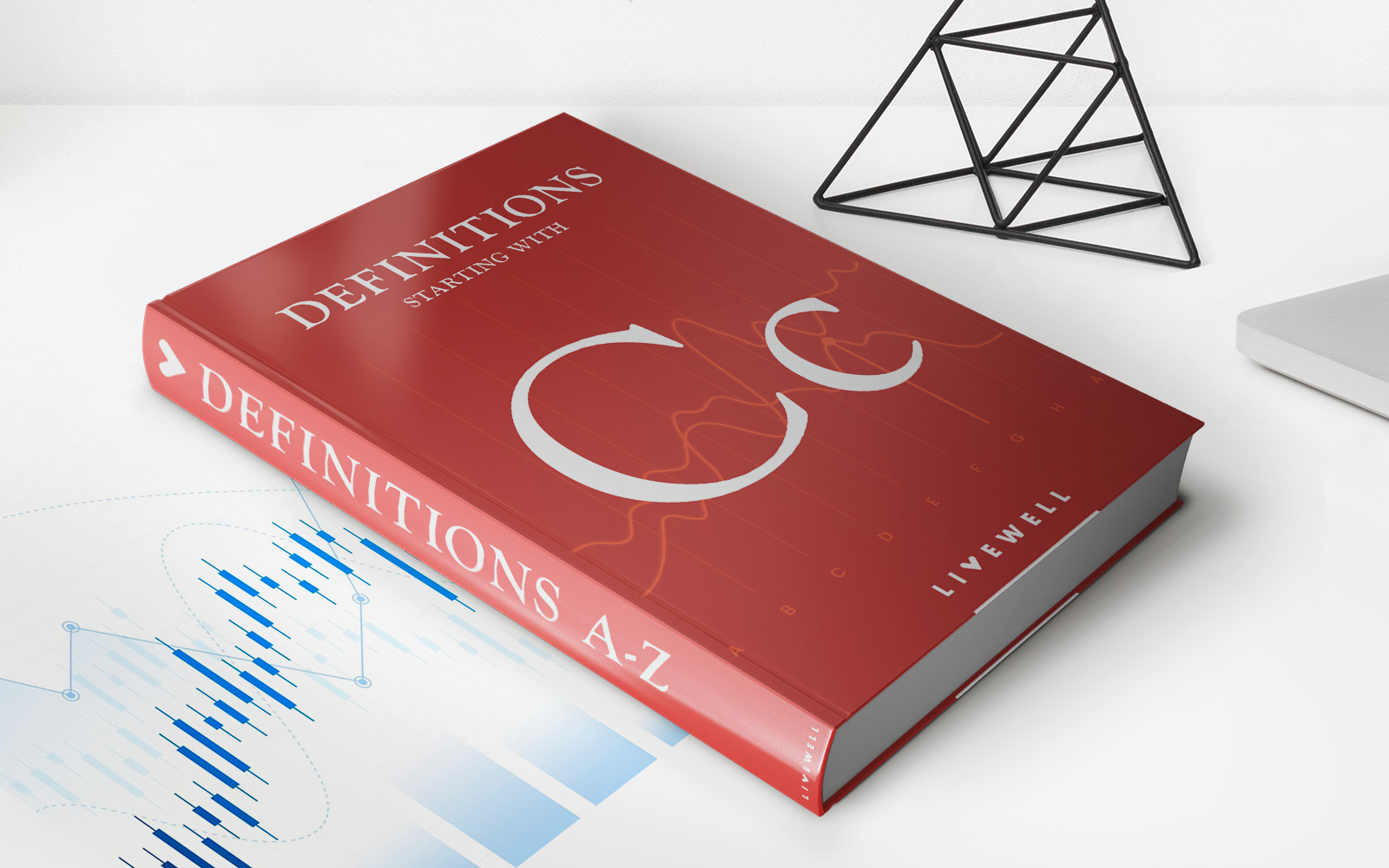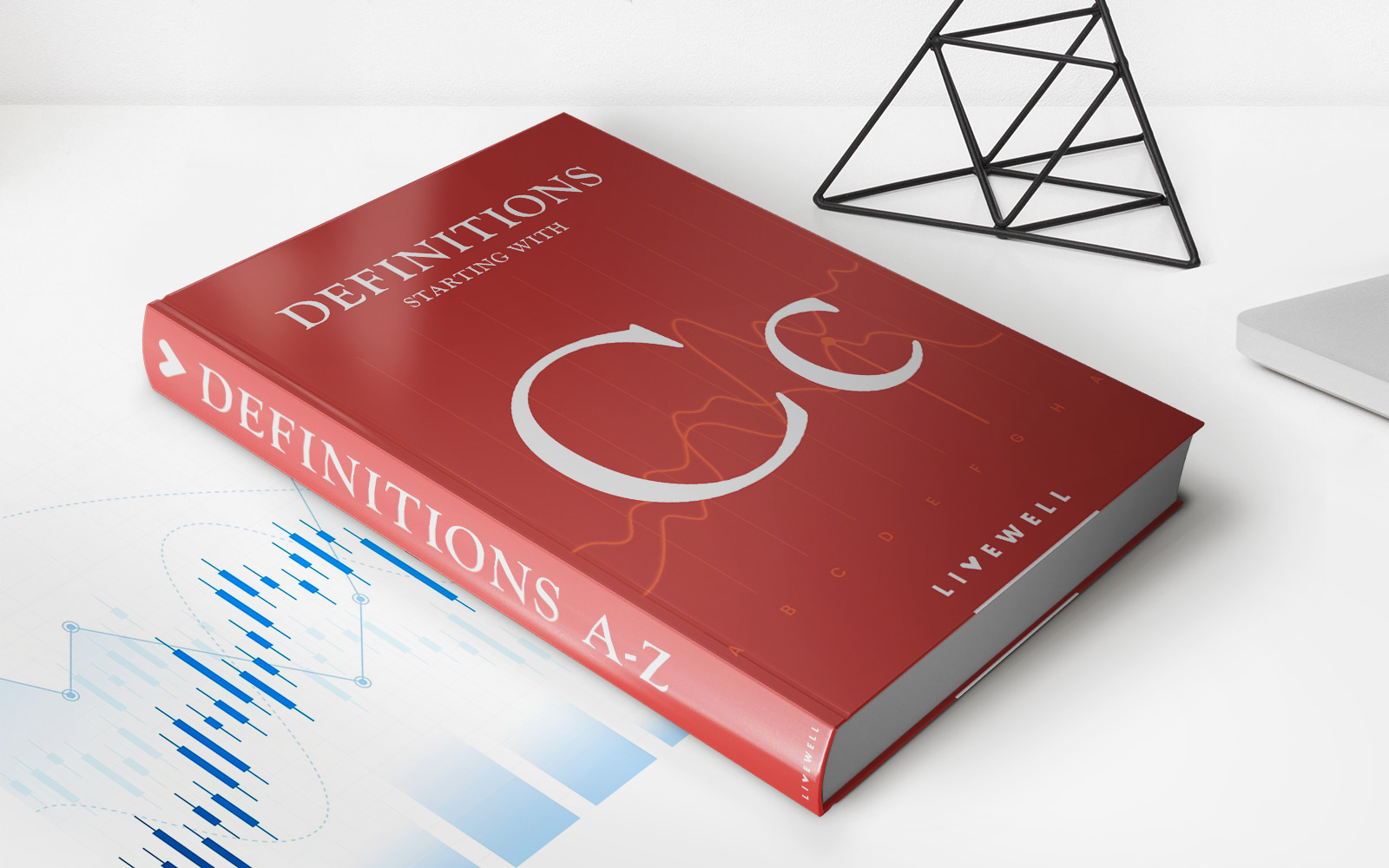Home>Finance>Actual Cash Value (ACV): Definition, Example, Vs. ReplacementÂ


Finance
Actual Cash Value (ACV): Definition, Example, Vs. ReplacementÂ
Published: September 30, 2023
Learn the definition and example of Actual Cash Value (ACV) in finance, and discover the key differences between ACV and Replacement options.
(Many of the links in this article redirect to a specific reviewed product. Your purchase of these products through affiliate links helps to generate commission for LiveWell, at no extra cost. Learn more)
Understanding Actual Cash Value (ACV) in Finance
When it comes to navigating the world of finance, it’s essential to understand the different terms and concepts that can impact your financial decisions. One such term is Actual Cash Value (ACV). In this blog post, we will dive into what ACV means, provide a clear example, and explain how it compares to Replacement Value. By the end, you’ll have a solid understanding of ACV to empower your financial decision-making.
Key Takeaways:
- Actual Cash Value (ACV) is the value of an asset or property after depreciation and wear and tear.
- ACV is often used in insurance claims when determining compensation for damaged or stolen assets.
What is Actual Cash Value (ACV)?
Actual Cash Value, commonly abbreviated as ACV, is a term used to describe the value of an asset or property at a specific point in time. ACV takes into account depreciation, wear and tear, and the current market value to determine the worth of an item. Essentially, it is the value you would receive if you were to sell the asset in its current condition.
Insurance companies often use ACV to calculate compensation for damaged or stolen assets. When filing a claim, the insurance adjuster will assess the condition of the item and determine its ACV. This valuation takes into consideration factors such as age, condition, and market demand for similar items. The compensation provided is typically based on the ACV of the asset rather than the replacement cost.
Example of Actual Cash Value
Let’s consider an example to further illustrate the concept of Actual Cash Value. Suppose you own a five-year-old laptop that you purchased for $1,000. Due to accidental damage, the laptop is now in a condition that would lower its market value due to depreciation and wear and tear. The ACV of the laptop may be estimated to be $500 by the insurance company, taking into account its age and current condition.
If you were to file an insurance claim for the damaged laptop, you would be compensated with the actual cash value of $500, rather than the cost of purchasing a brand new laptop. This difference highlights the importance of understanding ACV and its impact on insurance claims and financial assessments.
Actual Cash Value (ACV) vs. Replacement Value
It is crucial to differentiate Actual Cash Value (ACV) from Replacement Value, as they have distinct meanings and implications in the financial realm. While ACV determines the worth of an item in its current condition, Replacement Value refers to the cost of purchasing a brand new item to replace the damaged or stolen one.
When it comes to insurance claims, the compensation received based on the ACV of an asset may be considerably lower than the actual cost of replacing it with a new one. To ensure full coverage, individuals may opt for replacement cost coverage, which provides compensation based on the cost of purchasing a new item with similar features.
Conclusion
Understanding Actual Cash Value (ACV) is essential for making informed financial decisions, particularly in the context of insurance claims. ACV takes into account depreciation and wear and tear to determine the value of an asset or property at a specific point in time. By grasping the concept of ACV and distinguishing it from Replacement Value, you can navigate insurance claims and financial assessments with greater confidence and clarity.
Key Takeaways:
- Actual Cash Value (ACV) is the value of an asset or property after depreciation and wear and tear.
- ACV is often used in insurance claims when determining compensation for damaged or stolen assets.














